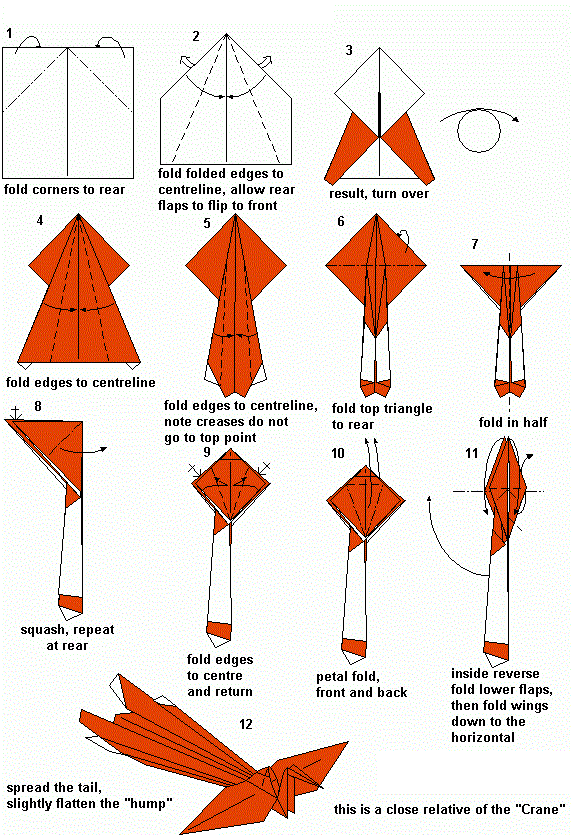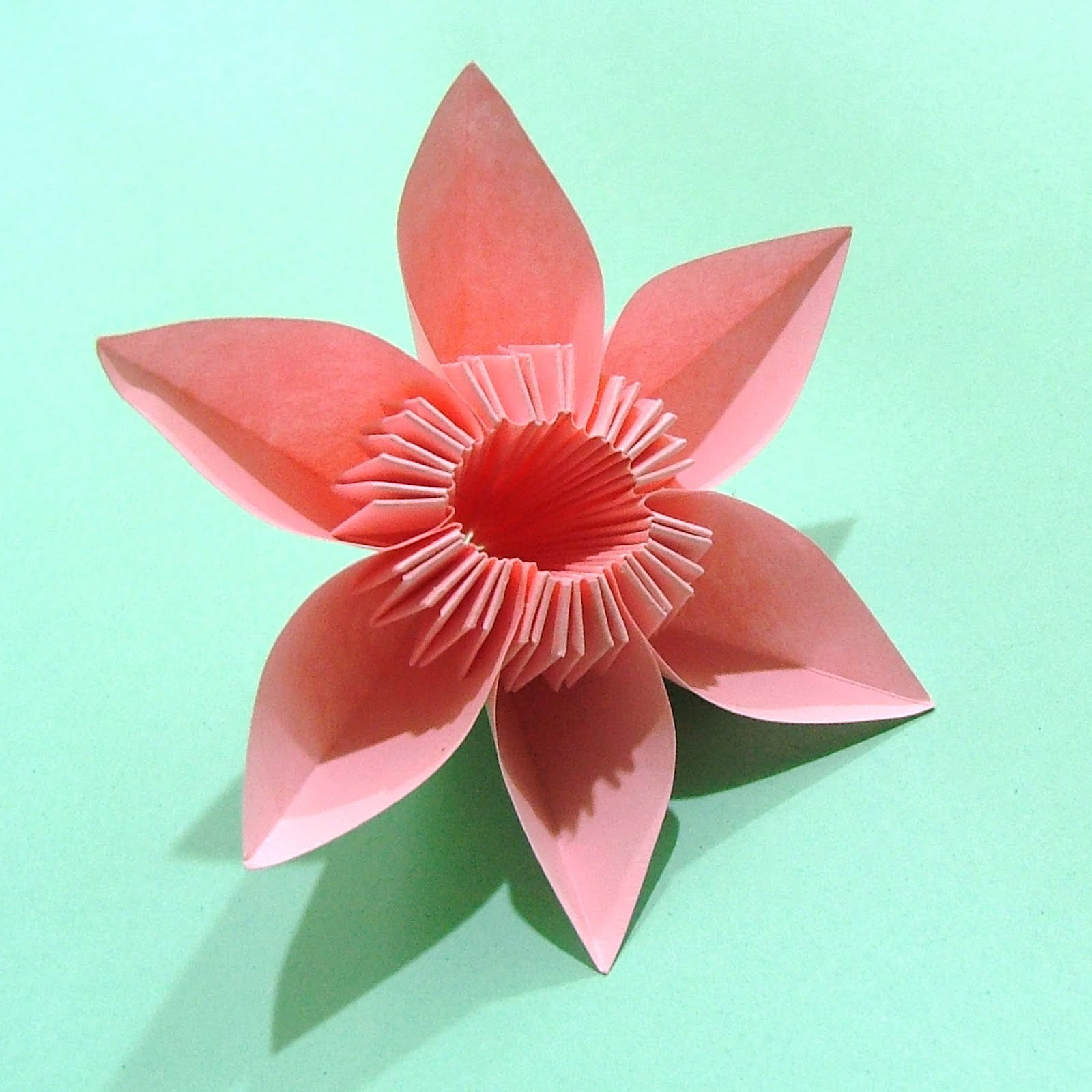
This is a good example to learn the folding technique called " squash-fold". This traditional origami steamboat is very interesting model to work on. You will learn a special folding technique to open a pocket. This traditional origami sailboat is one of easiest origami models you could make. Excep that, it is fairly easy to fold this long canoe. The special folding technique is being used for this origami boat is the inside reverse fold. This means that a typical origami paper is not recommended. It is advised to use a paper not easily tearable. This origami junk boat is a traditional model. The most fascinating feature of this boat is that if you apply the "pocket fold" three times (that is, one more time), then you can make a smaller size (about 2/3) boat with an identical shape of the original boat. The most important technique that you should remember is the "pocket fold" which will be applied twice to make this boat.

The most interesting feature of this model is that you can perform a magic in front of your friend with this boat. What you will learn from this magic boat is gate-fold and it is very similar to the traditional origami catamaran in the initial sequence of folding. However, an instruction to make a modified version of this sailboat will be given afterwards. Once we complete making the traditional origami sailboat, you can stop there. You will be starting with a square-base with this origami sailboat. If you want, you can try this boat on the water. This is a good example to learn the folding technique of outside reverse-fold. Those steps are one valley-fold and one outside reverse-fold. However, if you become an expert, you will only need two steps to make it. In this instruction, there are six steps to complete this model.

This traditional boat might be the simplest origami boat you will ever fold. You will learn a special folding technique called "inner triangle-fold" from this model. It takes 15 steps to complete this robot. The essential technique you will learn from this model is inside reverse-fold You need to follow 20 steps to complete this cow. The special folding technique involved with this model is a closed sink-fold. This bear starts from a 4x4 matrix base and then a traditional face changer. If you think bunny is too easy, then you can try this rabbit. Try to work on bunny if you are truly a beginner.

This rabbit is not that easy after all since it takes 26 steps to complete. This traditional bunny is very easy to make compare to the harder one ( rabbit with 26 steps). There is no special folding techniques involved with this model You are required to have two pieces of origami paper to make this origami tiger model. You will definitely know what inside reverse-fold is since you will be using it a lot of times on this model. This horse requires you to follow 21 steps to complete. There is no special folding technique involved in this model. This giraffe was made by using a giraffe-pattern origami paper. This mouse is the easiest origami mouse you can fold.

The important folding technique that you will learn from this model is "locking fold" which is somewhat advanced folding technique used for a model like New Kawasaki Rose. This pig requires you to follow 35 steps. This fox requires you to learn what inside reverse-fold is. This cat is probably the simplest origami cat you will ever find. This dog might be the easiest origami dog you might have folded with a few folding steps. This elephant is very similar to a so-called " fish base" in the early folding steps. One special folding technique that you will learn from this model is petal-fold. Simple origami heart starts from a half-square paper. But the most important factor in the beginning stage of origami is having fun in folding. Before working on these models, you need to know what valley-fold and mountain-fold are and These two folding techniques are the prerequisite to models. If you master all these models, you are recommended to work on traditional origami models. It is recommended to try these models first and be comfortable with basic folding techniques if you are novice in origami. They are easier than 3D models in folding and this is the reason why they are called easy origami models. The origami models shown here are 2D models.


 0 kommentar(er)
0 kommentar(er)
